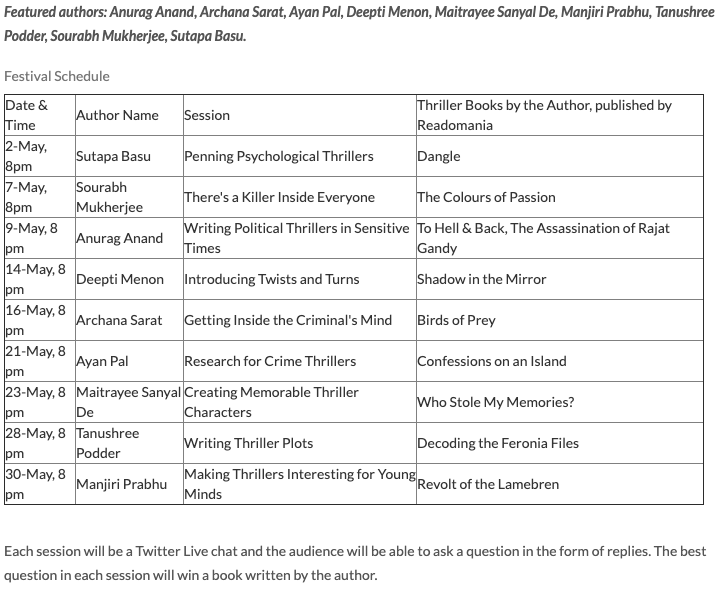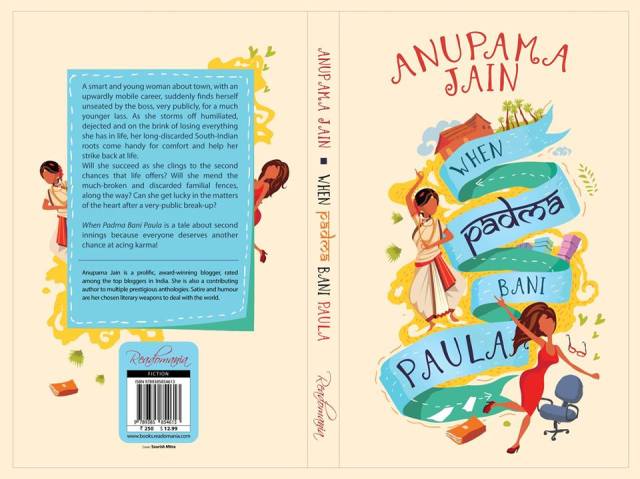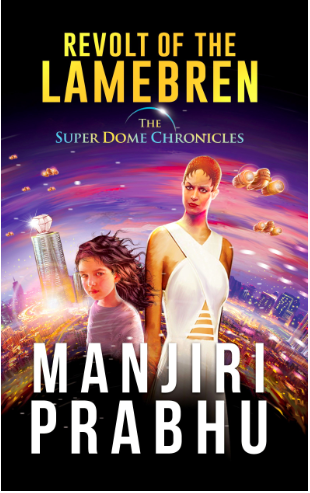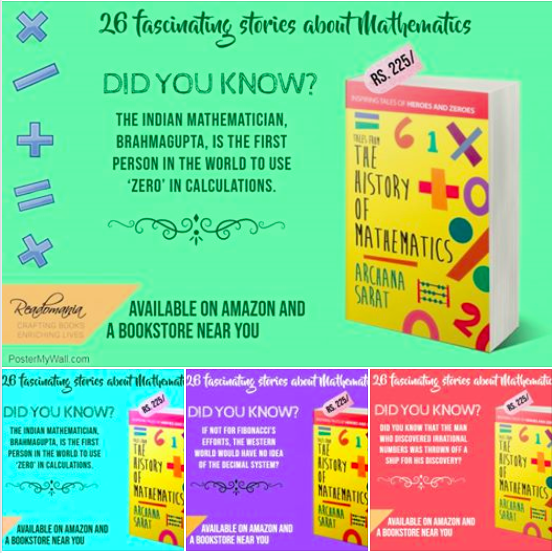
Shakuni & The Dice of Doom: Book 2 of the Mahabharata Series by Mallar Chatterjee is a riveting rendition of the much-maligned Antagonist of Mahabharata, albeit with a delicious twist!
I have read so many versions and voices of Mahabharata but the twist attempted here leaves a powerful impact on the reader. Fine writing is all about looking at yet another unseen angle and retelling an oft-told tale with a beautiful and newer effect. Mallar is a fine writer by that barometer. Let me confess, initially, I was a bit disconcerted at the turn attempted but the author sews it up splendidly at the end. Language is marvelous and the pace never lags. Kudos Mallar for making the well-known epic come across as a new tale. Looking forward to more such stellar stuff from your pen.
Mallar Chatterjee answered a few questions posed by AkkaAcerbic
1)What made you choose a mythological/ epic thriller as your first and second offering? Why did you choose Shakuni after Yuddhishtra and not Bhima?
2) What makes a good rendition of a well-known epic? What are the aspects one must take care of while penning one? Using ‘Shakuni’ can you elucidate further?
Just like it is difficult to explain what makes good literature, it is not easy to explain a good rendition. I think a rendition of a mythological piece can be of two types – (a) diligently following the linear narrative laced with author’s own realisation or philosophisation (example: “Jaya” by Dr. Devdutt Pattanaik) and (b) penning a fictional story based on the epic developing certain hints, indications or exploring untold possibilities (ex: “Palace of Illusion” by Chitra Divakaruni or Amish books). Both kinds can make successful renditions considering the literary standards they achieve. I personally feel that a good rendition should stop fractionally short of offering a distinct judgment in spite of making its innate tilt understood. We must keep it in mind that even the epics leave enough ambivalence that keeps them so much intellectually pertinent even now. A rendition must preserve that ambivalence in a subtle manner. “Shakuni” falls in the second category, I think (“Yudhisthira” in the first). Although I took some creative liberty in “Shakuni” to create the desired atmosphere, I think I did not let myself be judgemental.
3) How does one maintain the taut pace that requires the novel to be a thrilling page-turner? What are the beginner pitfalls one must avoid while penning?
I can share my own experience to address this point. I have learnt one thing. Writer’s thoughts and his words must be like twins separated at birth. What I mean to say is that the thought and the expression thereof are like two closely linked, yet different personalities. They must be compatible with each other but must be allowed to establish themselves according to their own personalities. In my first book, I tried to transmit my thought as it is in my writing creating some chaos at times. At the same time, my first book was more honest than my second as it amply represented the mind of the author.
4) How important are the setting and characterization? Should they be noble, distorted or just grey? How many strong characters should the novel have to balance the yin and yang? How have you achieved the same in ‘Shakuni’?
In a period novel, the setting is extremely important. The author has to care about creating visuals. Both my books have an implicit assumption that humans are not binary characters, nor are they even consistent throughout. Their actions need to be viewed from their perspective and a universal moral conclusion may not be necessary. In “Shakuni“, I was dealing with multiple characters – all of them having their own specialties. I created two rival groups out of them following the established storyline and then tried to make some characters appear pseudo-partisan or pseudo-neutral using some imagination, thus trying to preserve the ambivalence.
5) What is the relevance of language for writing in this Insta-era? Is it necessary to be verbose or would ‘being-terse’ work better?
Language, I believe, is like a boat that carries the plot and the theme through the mind and sensibility of readers. It is the language, more than anything else that determines the literary merit of the writing. In my first book, I inadvertently became verbose to create a phonetic effect. I believe today that language should be idiomatically valid, syntactically uncomplicated and thematically succinct. Based on these three tenets, a writer can lend further virtues to the writing depending on his or her natural flair. Personally, I am a great admirer of the style Ms. Chitra Divakaruni used in “Palace of Illusions” that at times borders on the poetic.
6) How essential are hooks? How should an ideal epic thriller end? Tantalizingly open-ended or all ends neatly sewn up? Were you worried about the twist that you have incorporated in Shakuni? How has the response been?
Hooks are important for a particular kind of rendition but it may not be overused. In case of a myth-based thriller, such devices are almost necessary to take the reader by surprise. But in case of a linear subjective retelling, there is limited scope for such devices. Whether the ending should be properly sewed up or left hanging a cliff depends entirely on the treatment of the story and the actual motive of the author. I was – and still am – quite worried about the experimentation I did in “Shakuni“. However, the response that I have received until now has been quite positive.
7) How imperative is reading your peers to fine-tune your craft?
It is very important to read peers unless one is completely confident that he or she is going to do something unprecedented or path-breaking. My personal feeling is that an author should remain a student all along and learn uninhibitedly from the peers who are not rivals but co-passengers on a fascinating journey.
8) Would you attempt writing in any other genre? If yes please specify. Who are your favorite writers and why?
I am not yet sure if I shall write in any other genre. Time will tell. My favourite authors, across genres, are Sukumar Ray, Sharadindu Bandyopadhyay, Rajsekhar Basu, Satyajit Ray, Sunil Gangopadhyay, Shirshendu Mukhopadhyay, Dr. Nrisingha Prasad Bhaduri, Chitra Bannerjee Divakaruni, Dr. Devdutt Pattanaik, Amish – to name a few.
9) What advice would you give a budding writer?
Not exactly an advice but one suggestion I can give from my very little experience. An aspiring writer should be sure about three things before starting to write. These are why to write, what to write and how to write – though not necessarily in that order. For me, the most important of these is why to write. Once one becomes sure of it, others may be sorted out on their own.
Shakuni & The Dice of Doom: Book 2 of the Mahabharata Series By Mallar Chatterjee has been received very well and is available in bookshops across India and on Amazon
https://www.amazon.in/Shakuni-Dice-Doom-Book-Mahabharata/dp/9385854798/























